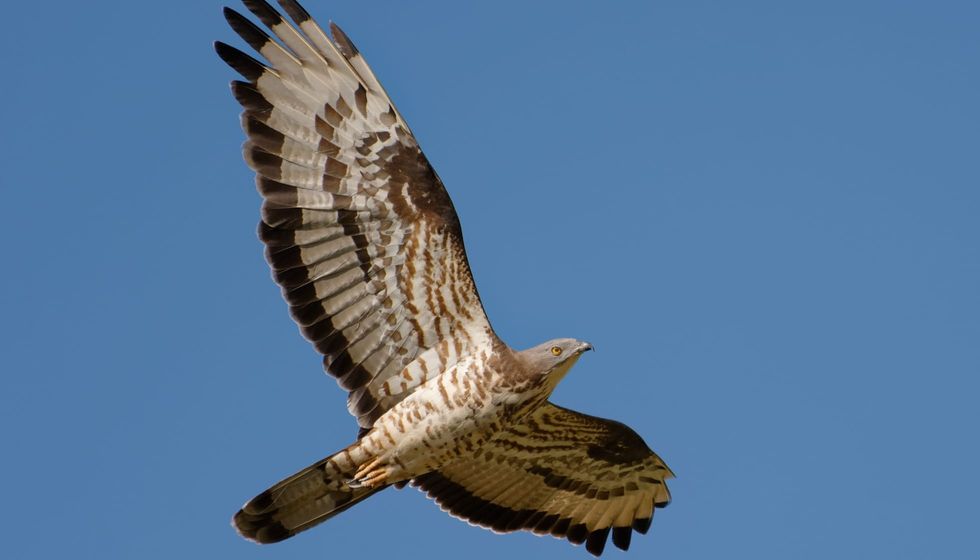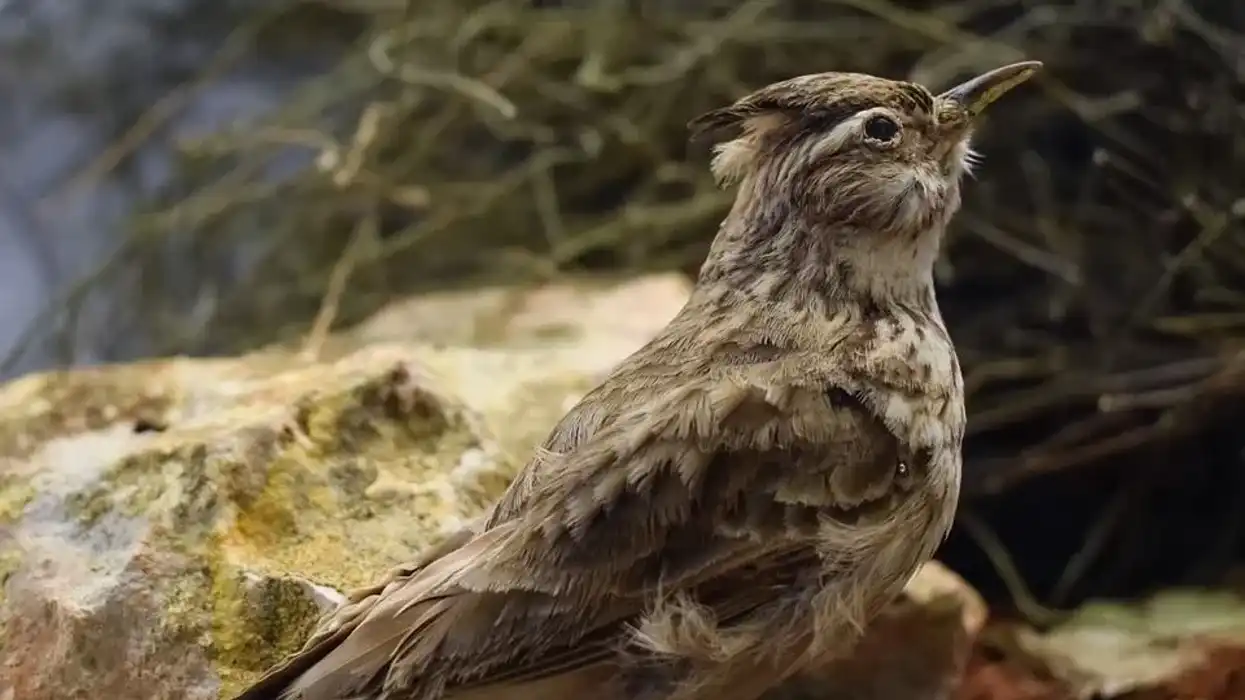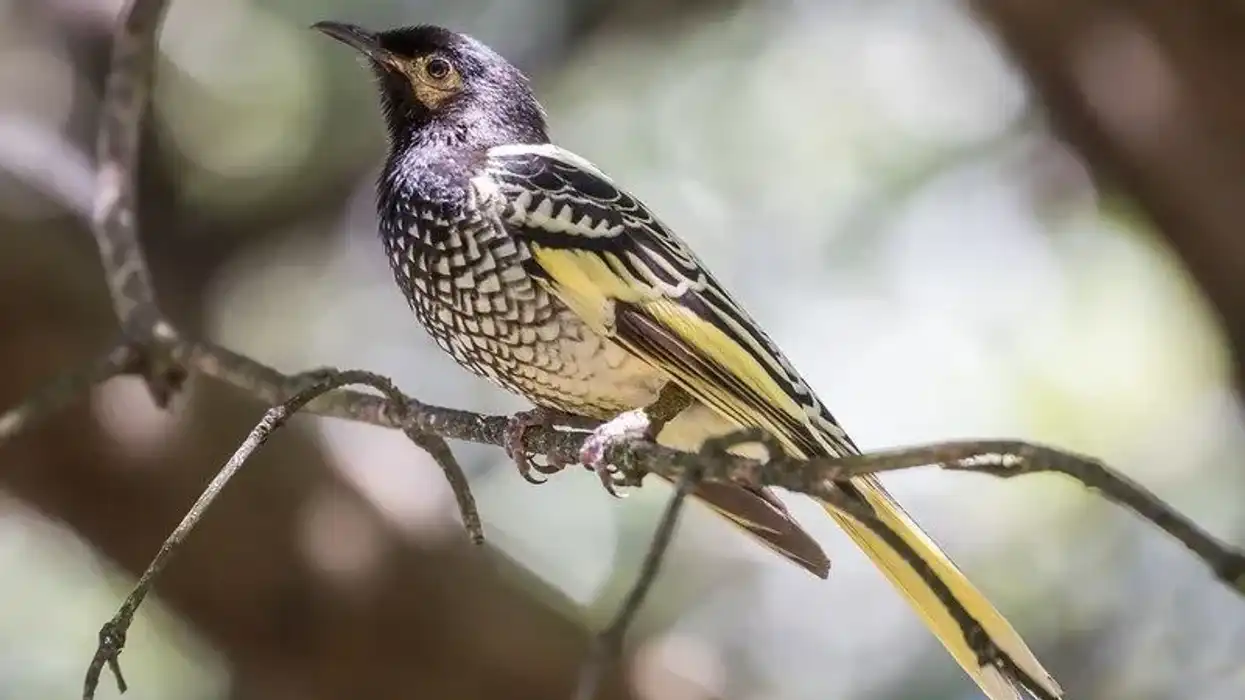Do you love hunting birds like the common buzzard? Then you are bound to be fascinated by the European honey buzzard.
This is a bird of prey that is not rare and is found mainly in Europe. Some major countries of Europe include the UK, Spain, France, Italy, where the population range of this bird is at the maximum. These raptor birds prefer the cool temperate climate during their breeding season.
In the winter, these birds migrate to warmer climates. The European honey buzzard migration routes and range include traveling to Asia and northern Africa.
With the help of their powerful wings, these birds are masters in soaring and diving down at the ground to catch prey. Infused in dark hues, the plumage looks quite bright and mesmerizing for these medium-sized birds.
People often confuse a honey buzzard with that of a common buzzard. Though both the birds are quite similar, however, there are subtle differences between the honey buzzard and a common buzzard. In comparison to a common buzzard, the honey buzzard has longer wings, a slender neck, and a much longer tail.
For more relatable content, check out these umbrellabird facts and ovenbird facts for kids.
European Honey Buzzard Interesting Facts
What type of animal is a European honey buzzard?
Buzzards are a species of bird of prey; therefore, the European honey buzzard (Pernis apivorus) too is a species of bird that falls under the family of Accipitridae. Another similar bird is the common buzzard.
What class of animal does a European honey buzzard belong to?
Like all other birds, the European honey buzzard falls under the class of Aves of the Animalia kingdom.
How many European honey buzzards are there in the world?
These birds are spread over a vast region, and their conservation status is Least Concern by the International Union for Conservation of Nature or the IUCN Red List. Though the population trend is on the decline, the global population of these bird species is not facing any major threats at this moment.
It is assumed that the total global population of the eastern honey buzzard lies in the range of 280,000-420,000 mature individuals.
Where does a European honey buzzard live?
The distribution of the European honey buzzard (Pernis apivorus) is spread all over the continent of Europe, thereby occupying numerous countries in this process. These birds can be found in countries like England, Wales, Spain, France, Scotland, Italy, and others.
These birds spend their breeding season in Europe, and in the winter seasons, these birds migrate to warmer areas like Asia and Africa.
What is a European honey buzzard's habitat?
The habitat of these birds is over a wide range, and thus the distribution of habitat includes forests, open areas, savannahs, and woods in different zones and landforms.
Who do European honey buzzards live with?
These birds prefer staying alone and thus can be considered solitary animals. However, during the breeding period, these birds are known to form pairs.
While hunting and foraging for food, these birds prefer doing that alone. During the period of migration, the European honey buzzard species form small flocks of 20-30 individuals and embark on their journey to a warmer climate.
How long does a European honey buzzard live?
The European honey buzzard (Pernis apivorus) has a fairly long lifespan as it can survive almost nine years on average.
How do they reproduce?
These birds are solitary in nature and form pairs during the breeding season, which falls from May to September. Males attract females by the famous sky dancing ritual.
Both the partners construct the nest rapidly with leaves and twigs. The nests are often built in woods or in trees beside lakes. One to three eggs are laid on an average which differs from one another in shape and size.
Around 30-35 days are required for the incubation. Both the parents take responsibility for foraging food and feeding the young hatchlings.
What is their conservation status?
The International Union for Conservation of Nature or the IUCN Red List has placed the European honey buzzard (Pernis apivorus) under the category of Least Concern. However, this species of bird faces a variety of threats owing to human activities like habitat destruction, climate change, and others.
As a result, the population trend of this species has been on the decline over the years.
European Honey Buzzard Fun Facts
What do European honey buzzards look like?
These birds are different from other birds of the same family. They have a small head, a long tail and a thin beak, and a thin neck. At the end of the tail, two dark bands are noticed.
The throat is of pale color with dark forget and no dark carpal patch. Females are slightly larger than males. The body color is dark brown with slight variations in shade.
The plumage of the European honey buzzard juvenile is dark brown. The head of the male is gray, while the head of the female bird is slightly darker. The exact description of the wings is that they are extremely exquisite.
How cute are they?
The European honey buzzards are magnificent-looking birds and can be loved by one and all. Ornithologists are bound to find these birds to be extremely elegant and adorable.
How do they communicate?
A wide range and variety of calls can be heard from the European honey buzzards that are different from birds of the Buteo genus (Old World buzzards). Different kinds of calls can be heard from these birds, but they also differ according to the gender of the birds.
During the flight, loud calls can be often heard from the flying birds.
How big is a European honey buzzard?
The European honey buzzard is a medium-sized raptor that measures 20-24 in (52–60 cm) in length. In comparison with another raptor like the red kite (23-25 in or 58-64 cm) of the same Accipitridae family, we can say that both birds are of the same size.
How fast can a European honey buzzard fly?
The European honey buzzards are pretty fast birds, and they often attain high speeds during their migratory period. Scientists have studied and recorded that the average speed of these birds tends to be around 28 mph (45.2 kph).
How much does a European honey buzzard weigh?
These birds have a weight of approximately around 0.8-2.3 lb (360-1050 g).
What are the male and female names of the species?
Just like all other species of birds, the male birds are called cocks, while the female European honey buzzard is known as a hen.
What would you call a baby European honey buzzard?
Since all baby birds are referred to as chicks, therefore a baby European honey buzzard will be known as a European honey buzzard chick.
What do they eat?
These birds are carnivorous in nature, i.e. they feed on the flesh of other smaller animals. The diet of the European honey buzzard consists of insects like hornets, beetles, wasps along with other smaller animals like lizards, frogs, toads, squirrels, rabbits, and others. Known for their hunting and soaring style, these birds can easily catch their prey during flight.
Are they dangerous?
The European honey buzzard is a bird of prey that feeds on other animals as their diet, and thus they are a bit dangerous.
Would they make a good pet?
It would be a terrible idea to have a European honey buzzard as a pet. Since they are a bird of prey, they should be kept out in the wild. Moreover, these are migratory birds that travel to warmer areas during the winter season.
Did you know...
The longest recorded lifespan of the European honey buzzard was around 29 years.
These birds can cover huge distances during migration with an average speed of around 150 mi/day or 240 km/day.
Where can you find European honey buzzards in the UK?
It is estimated that there are about 100 pairs of European honey buzzards in the UK. These birds can be found in north and east England, south Wales, and north Scotland. Bird watchers can view these birds at Norfolk and Devon.
How do honey buzzards not get stung?
These birds have scale feathers on their face that is shaped like the armor as deep barbules. These special feathers protect the sting from reaching the skin of these birds.
Here at Kidadl, we have carefully created lots of interesting family-friendly animal facts for everyone to discover! Learn more about some other birds from our red bird of paradise facts and cardinal bird facts pages.
You can even occupy yourself at home by coloring in one of our free printable flying buzzard coloring pages.









